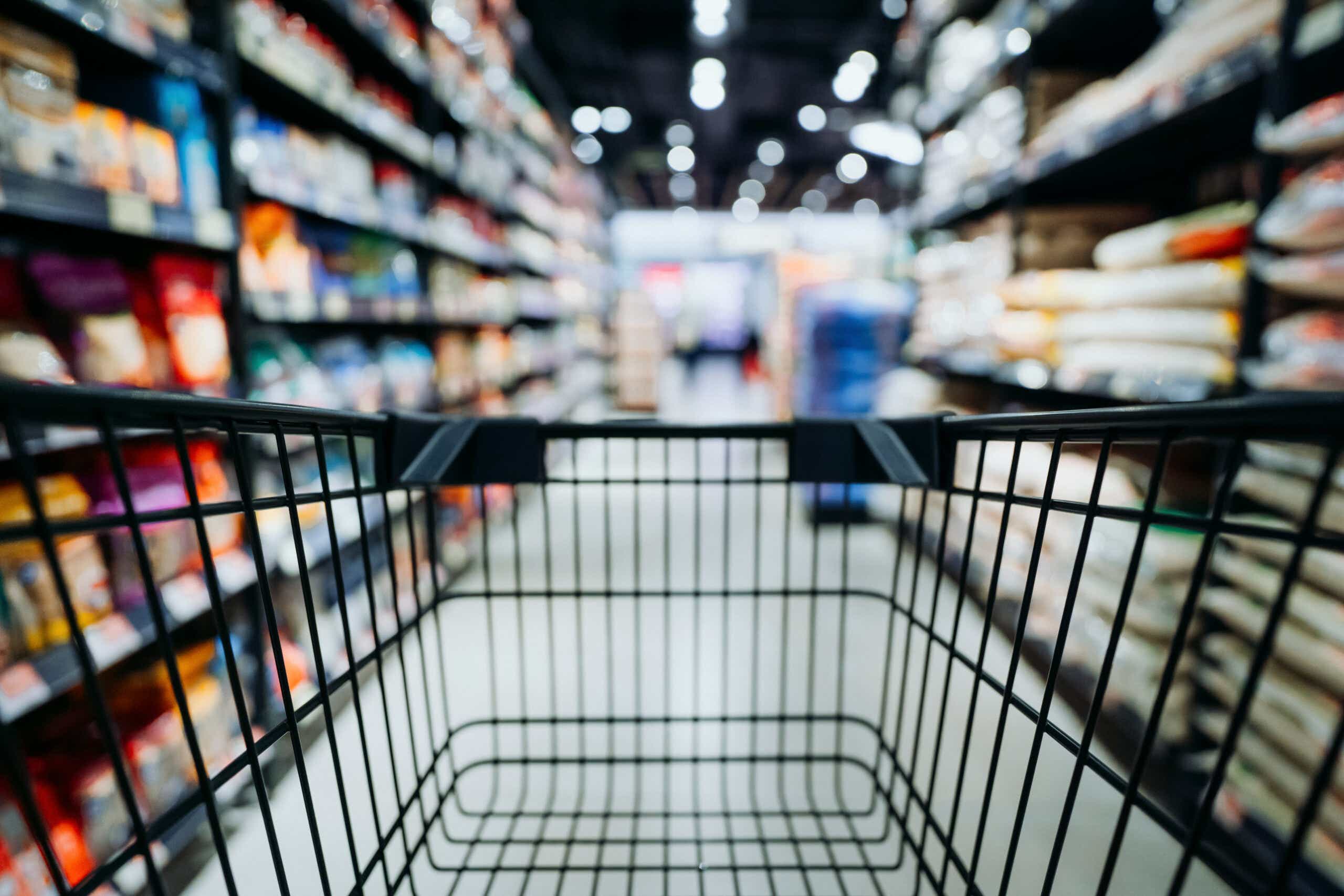President Trump is showing no signs of backing down from his trade war. On Tuesday, he charged ahead with a massive 104 percent tariff on China, set to kick in at midnight.
If you missed the latest tit-for-tat, China was already bracing for a 34 percent hike on Wednesday as part of Trump’s “reciprocal” tariffs package. But after Beijing vowed to slap its own 34 percent retaliatory tariffs on U.S. goods by noon Tuesday, Trump fired back — adding another 50 percent, stacking the total to a whopping 84 percent in additional duties.
China, for its part, isn’t blinking. Officials declared they would “fight to the end” against U.S. taxes on imports, calling the escalation “a mistake on top of a mistake.” As one spokesperson put it, “China will never accept this.”
China isn’t the only one in the crosshairs — U.S. Customs and Border Protection started collecting tariffs from 86 trade partners at midnight.
So, what does all this mean for your wallet? Here’s a preview of the products that could soon cost you even more.
Clothing
Been eyeing that new pair of shoes? Now might be the time to grab them. Prices are set to jump by 10 to 20 percent, thanks to the taxes Trump has rolled out, according to an analysis by the Yale Budget Lab. And it’s not just shoes — expect similar hikes for clothing, gloves, handbags, and even wool and silk goods. That’s because much of what we wear in the U.S. is made overseas. Take brands like Gap, for instance — 37 percent of their clothing is made in countries like India, Indonesia, and Bangladesh, with another 21 percent coming from Vietnam.
You might assume these price spikes would push production back to the U.S. — which is what the Trump administration is claiming will happen — but experts say don’t count on it. “People will still import clothing to a large extent, and they’ll have to eat the price increase,” Ernie Tedeschi, a former chief economist at the White House Council of Economic Advisers under President Biden, told CNBC.
Cars
Get ready to pay a lot more for your ride. The cost of cars and car parts could climb by over 8 percent, according to the Yale Budget Lab. And it gets worse: Bank of America says new vehicle prices could spike by as much as $10,000 if automakers decide to pass the full brunt of those tariffs onto buyers.
Coffee and tea
Your morning caffeine fix isn’t safe. The U.S. imports most of its coffee from Brazil and Colombia, and those beans are now facing a 10 percent tariff.
And before you think you can just switch to tea — well, not so fast. The U.S. imports far more tea than it grows, and many of our top suppliers are also getting hit with tariffs: Japan (24 percent), Argentina (10 percent), and India (27 percent). Even though some states grow a little coffee, Americans drink more than 200 times what we can produce at home — so we’re going to feel this one.
Fruits and vegetables
Love guac? Better savor it. Nearly 90 percent of our avocados — yep, technically a fruit — come from Mexico, where Trump has slapped on a hefty 25 percent tariff. Same goes for other staples like corn and mangos. Turns out that the produce aisle of the grocery store leans pretty hard on imports.
Alcohol, including European wine and beer
If alcohol companies choose to pass the costs on to consumers, prices could rise by as much as 5 percent, according to UBS analysts speaking to Reuters. And vino lovers, brace yourselves: France is one of the largest suppliers of wine to the U.S., and the Bourgogne Wine Board has already warned that Trump’s tariffs will deal “a serious blow” to both exporters and American drinkers alike.
Even cracking open a beer at home might cost you more, since Trump expanded his aluminum tariffs to cover all canned beer.
Electronics, like iPhones and video gaming consoles
As if gadgets like smartphones and TVs weren’t pricey enough, this new trade policy could push those costs even higher. Nearly every iPhone is made in China — and while some production happens in India, that country’s also facing steep taxes at 26 percent. Samsung isn’t off the hook either, with much of its manufacturing based in Vietnam, another target of the trade crackdown.









